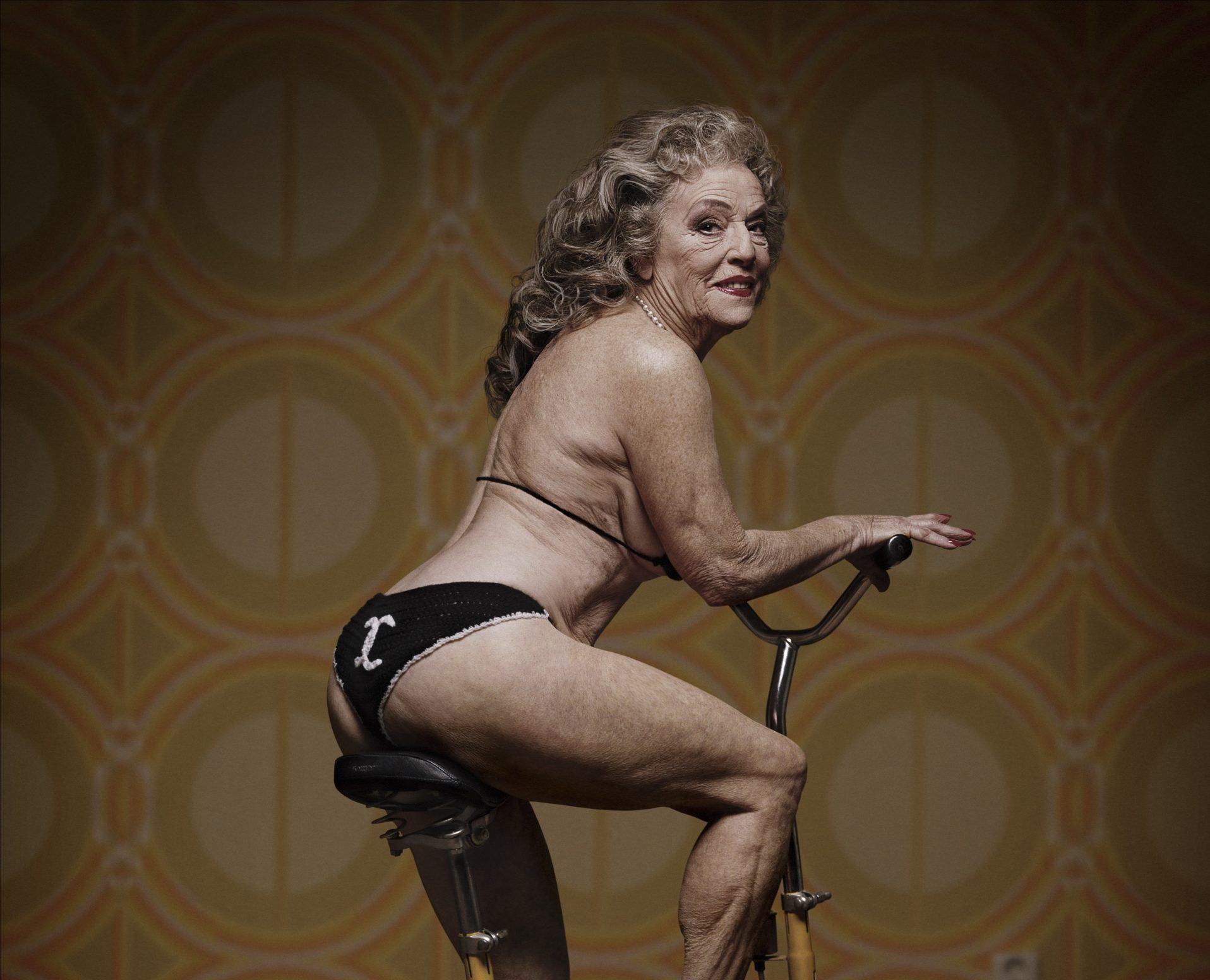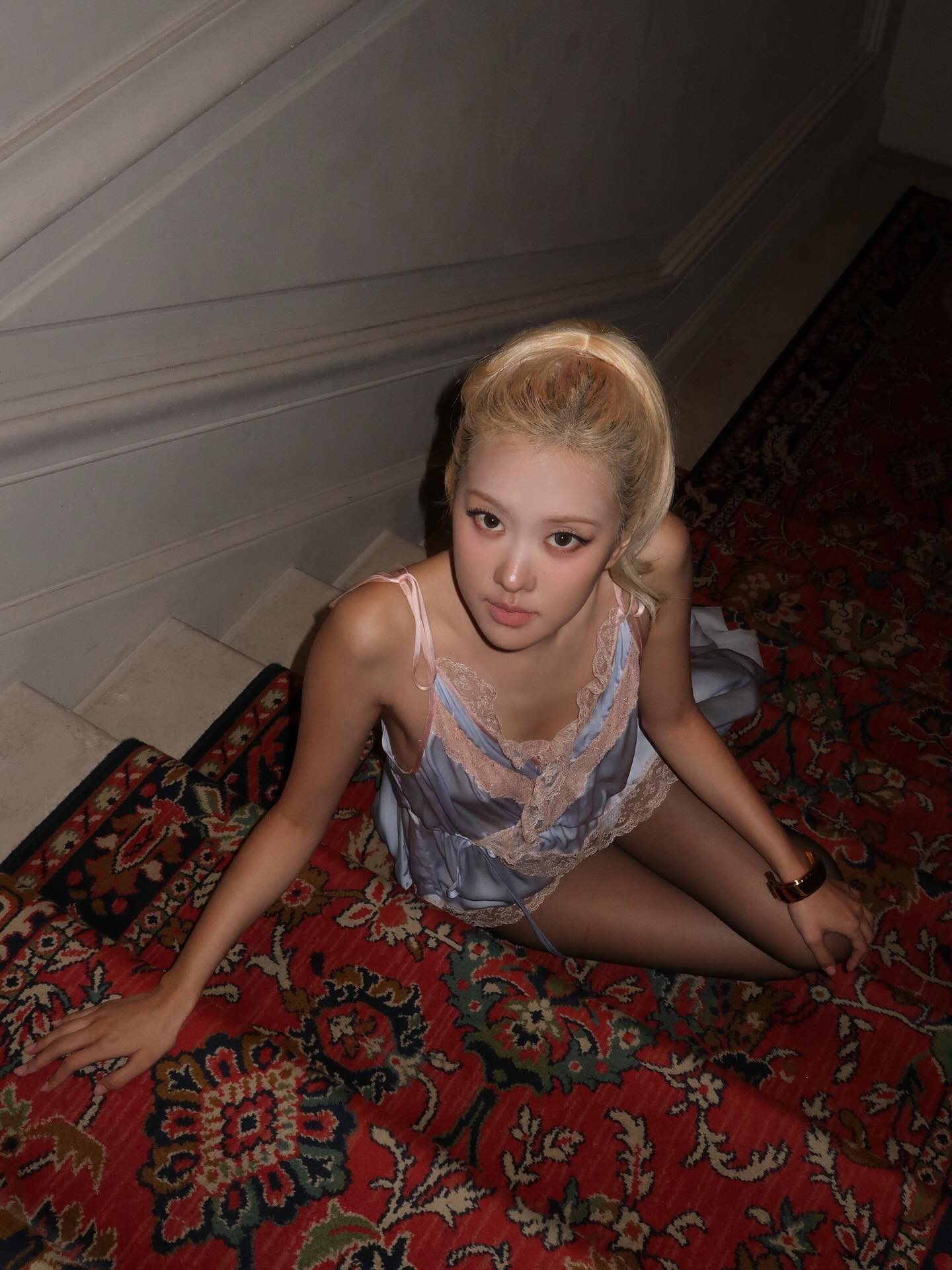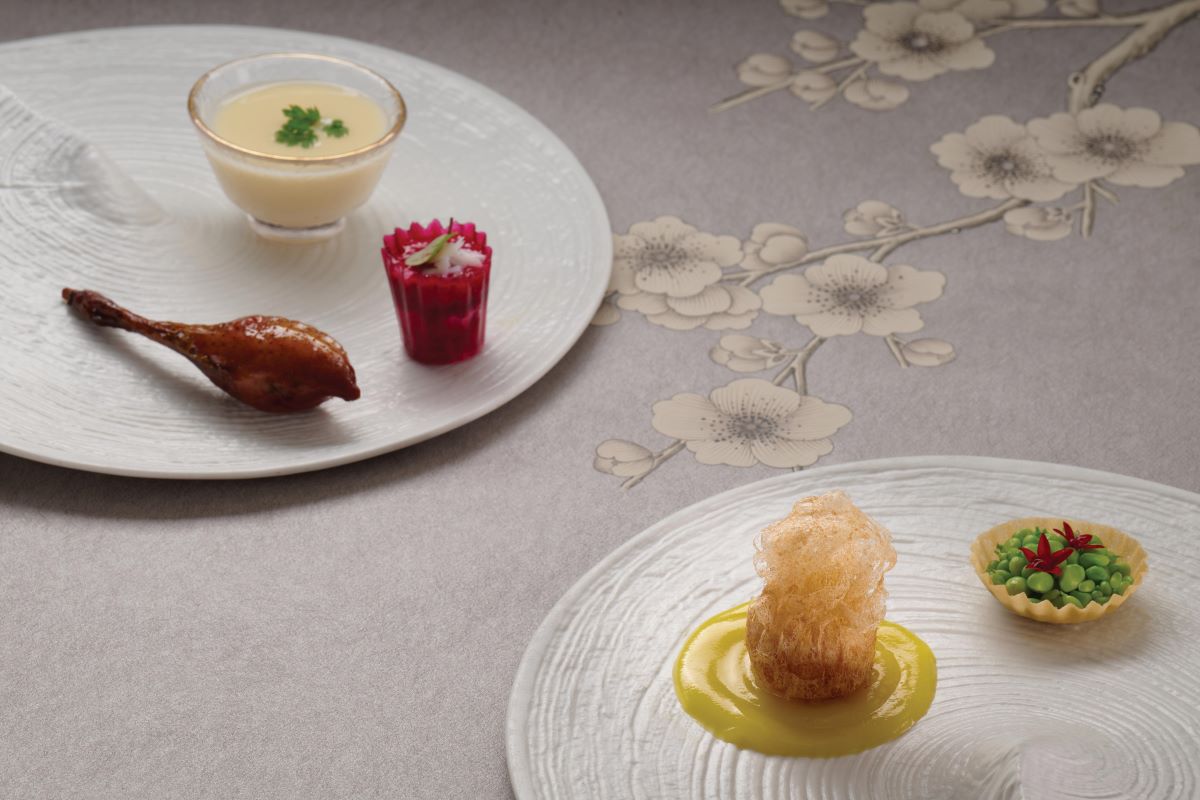As the Sovereign Asian Art Prize turns 20 years old, Tiffany Pinkstone, co-founder and director of the Sovereign Art Foundation and director of The Sovereign Group (Hong Kong), talks to Jaz Kong about how far art in Hong Kong has come and what she and her team are doing to help it continue to grow and flourish
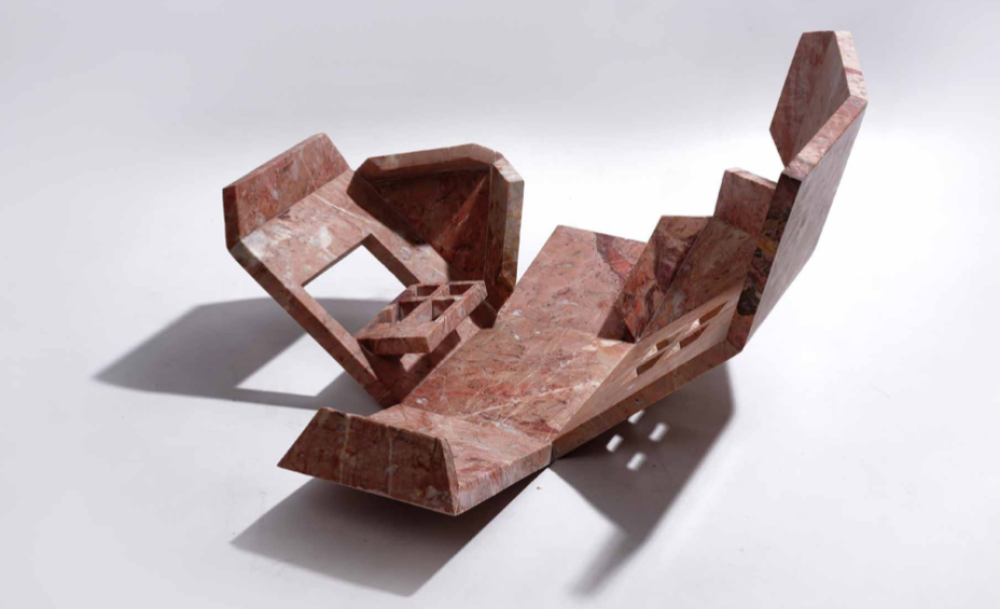
If you don’t already know about the Sovereign Asian Art Prize, here’s the lowdown: in 2003, Yorkshire-born entrepreneur and art enthusiast Howard Bilton tapped Hong Kong-born PR professional Tiffany Pinkstone to co-found the Sovereign Art Foundation (SAF) in hopes of celebrating art talents across Asia, especially in the contemporary arts, while also making a difference through a variety of charitable activities. The Sovereign Asian Art Prize was launched in Hong Kong in 2004, and since then has been
a beacon for emerging and established contemporary artists across the region. Participants gain valuable exposure while funds are raised by auctioning the shortlisted artworks. Proceeds are then shared equally between the artists and SAF, with the foundation using its portion to run programmes such as the Make It Better (MIB) initiative to offer expressive arts workshops for local children and families with special needs.
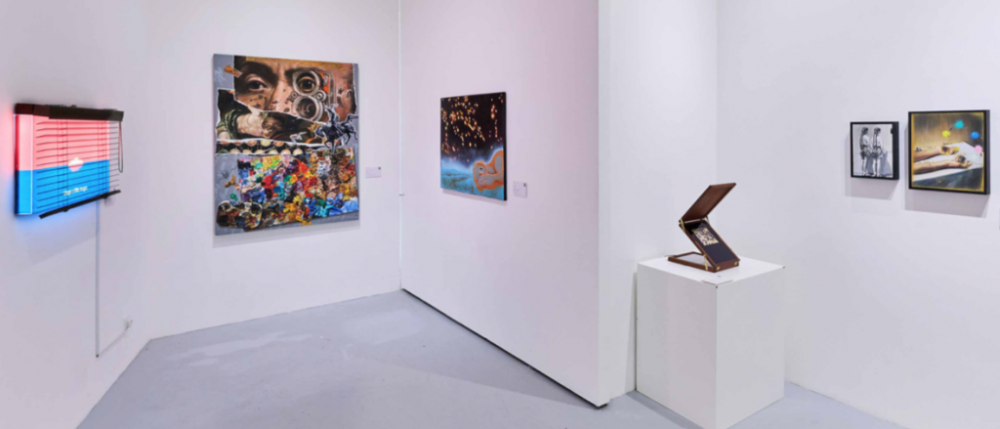
Looking back now, it may be hard to imagine, but Hong Kong’s art scene was virtually nonexistent 20 years ago. Museums weren’t as popular and contemporary art spaces like M+ weren’t even on the radar. A few established local galleries and nonprofit art organisations were basically the only lifeline for art enthusiasts before the auction houses slowly started to arrive. But because of that, SAF found itself in a unique position from which to grow. “Howard is from Europe, where there has always been such an established arts community, including collectors and people supporting the artists to grow
and develop,” Pinkstone explains. “And since Hong Kong is a very commercialised city, with art and the city’s own cultural identity being something that has always taken a little while to develop, I think Howard felt that maybe we could do something.”
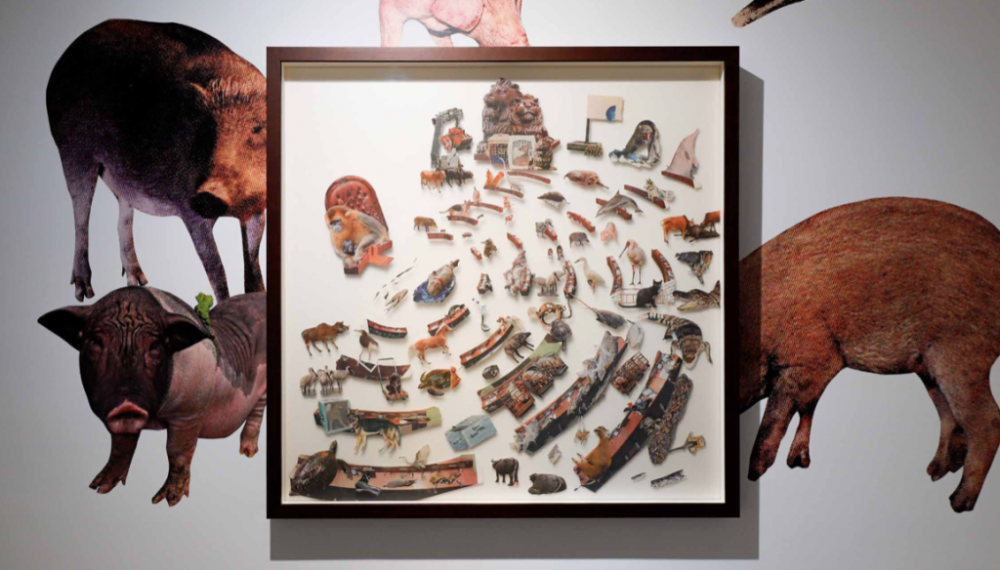
To this day, there are only a handful of art prizes in Asia, and even fewer for the entire Asia-Pacific region. Having one that is based in Hong Kong is definitely a privilege, especially when it helps mid- career contemporary artists to jump from the local stage to a regional one, and some to the international stage later on. Recalling when they were starting out, Pinkstone says, “We just thought there was a space for it. If we were to do this in Europe, the atmosphere would be very different, because there were so many art prizes in Europe and the UK. We would have been a really small fish in a giant pond, whereas here we could be a big fish in a small pond, because art itself hadn’t developed to that level yet.”
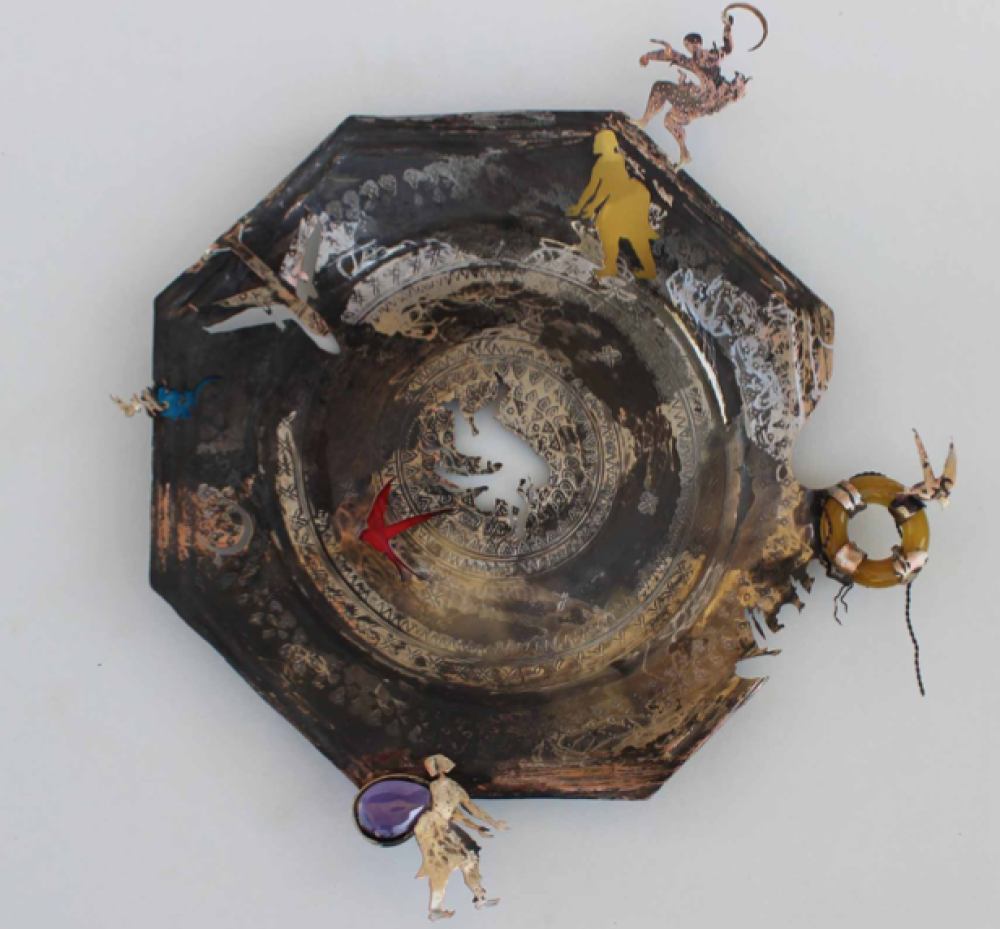
Even though Pinkstone was a new recruit in the art world back then, she has always been devoted to the cultural sector. “I actually wrote my thesis on Hong Kong cinema and building a cultural identity for Hong Kong. So I guess even back then, I’d already had interests related to Hong Kong and the arts,” she says. “When I came back, I worked for the Hong Kong Tourism Board, and that was fantastic because I’ve always been very passionate about Hong Kong. Then I got a job at the Holiday Inn – it was really tough but I loved it because I love lifestyle, food and travelling. So, theoretically, working in a hotel was ideal. When this opportunity at SAF came, the idea was so new and it was something that allowed me, particularly from a young age as well, to grow something and build something.”
Also see: The Modern Art Museum Shanghai’s curators on David Hockney exhibition
And grow it she has. The 2024 Sovereign Asian Art Prize was a huge success with 30 entries from 15 Asian countries. The exhibition was held at H Queen’s, with Henderson Land Group being a loyal friend to the foundation for a while now, and the gala dinner was a glam affair filled with devoted art lovers and collectors. “It’s our 20th anniversary and we had nine artists from Hong Kong. It was probably one of the years that we’ve had the most artists coming from one place,” Pinkstone says. “It shows what’s current and what’s relevant to the moment – and I’m particularly proud because it also shows how far Hong Kong art has come in the last two decades.”

What was fascinating is that alongside the development of SAF, the Sovereign Asian Art Prize has nurtured and witnessed the growth of artists of different generations. “I went through Phillips’ preview earlier with [its chairman for Asia] Jonathan Crockett, and we’re now seeing some of the younger artists coming through. We were identifying who were the students of the more established artists – for example, Stephen Wong (Wong Chun Hei) was one of our finalists a couple years ago, and Chow Chun Fai, who entered five years in a row and is now such an established Hong Kong artist. It’s nice to see the next generation, including his assistant, now coming through as well.”

Despite how things have changed, one of the key elements of the prize that has remained strong is the Public Vote Prize. “Our very first exhibition was at Pacific Place, and it was really funny because a lot
of people were saying, ‘You can’t do an art exhibition in a shopping centre!’ But for us, since so much education was still needed in Hong Kong, it was in our nature to bring art to the community. And where do people in Hong Kong love to go?” Pinkstone recalls. “They hung out at shopping centres so [we decided] that’s where we should go – where the shops and the food are, because that’s also where
the people’s hearts lie. And then what was really interesting was developing the Public Vote Prize.
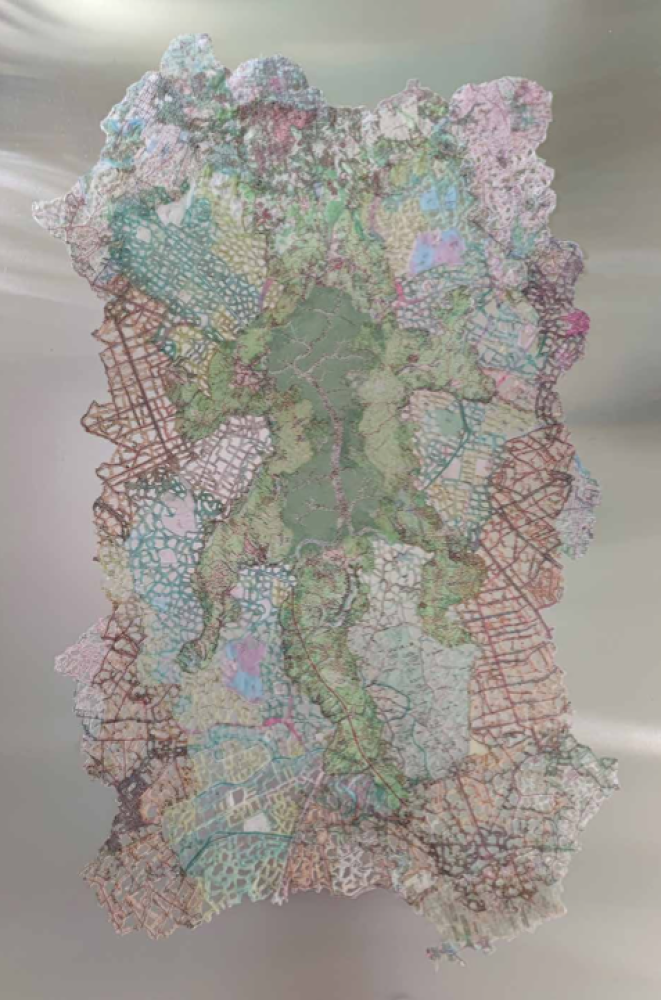
“Whenever people came to the show at Pacific Place, they would kind of look around and we’d give them a voting form. It was funny to see how their attitude immediately changed. They suddenly started taking it really seriously, and they were really studying the art. They were really looking. And then, even for kids the parents would say, ‘Oh, they’re too young to know.’ But to me, it doesn’t really matter. This is the whole point about art, you know, it’s just really about what speaks to you. The kid doesn’t need to fully understand the ‘why’ yet.”
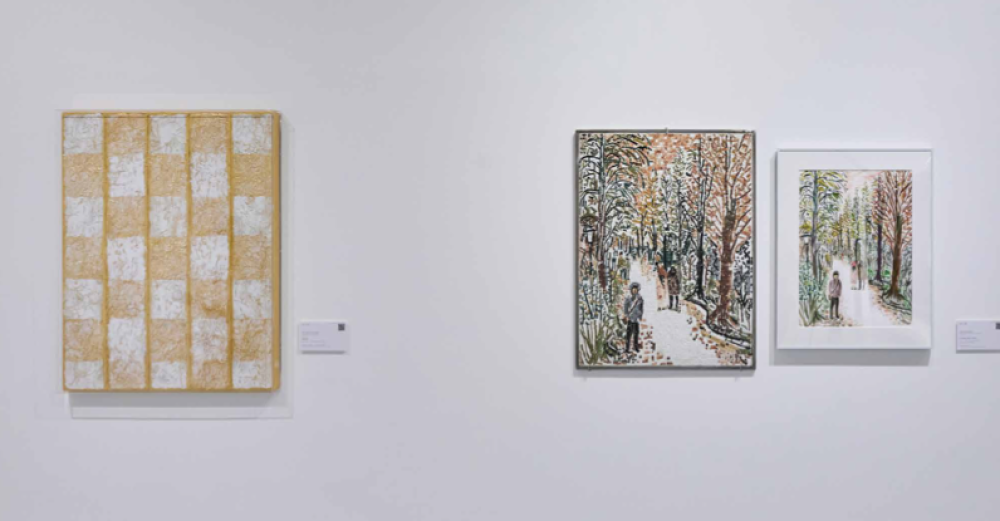
This year’s Grand Prize winning entry is 32-year-old Pakistani artist Sameen Agha’s sculptural work A Home Is A Terrible Place to Love, an intricately designed sculpture carved from red marble and incorporating a symbolic reference to home, and addressing the pressing issue of domestic violence. Agha’s win is a milestone for SAF as well, because as Pinkstone explains, “There was a time when we only had paintings, then we spoke to the judges about how they felt about starting to bring in photography. At first, they weren’t really sure. I think because, at that time, about 17 years ago, photography was still quite new as an art form. Then, over the years, you see a bit more video works and mixed media to come in.”
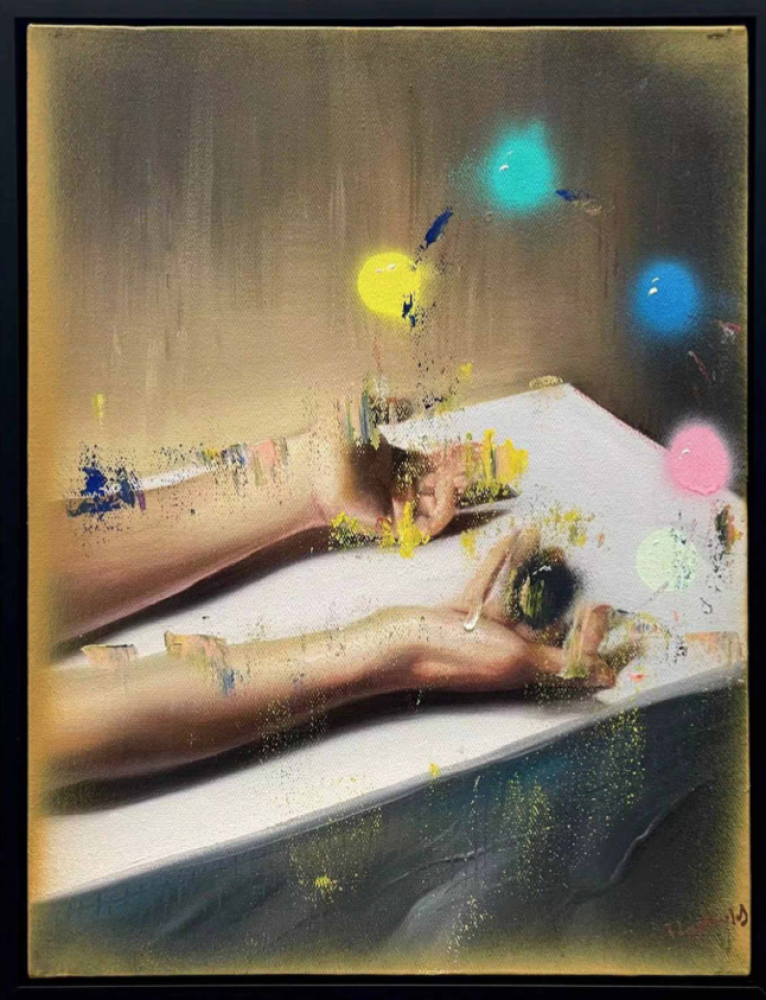
Even though SAF has collaborated with NGOs and charities in the expressive arts throughout the years, it wasn’t until its 10th anniversary that Pinkstone shifted her focus back to Hong Kong. “We were asking ourselves, while doing all this stuff overseas, why are we not doing anything at home? This is when I was speaking to people at Hong Kong University. At that stage, the Centre on Behavioral Health was being run by a professor called Dr. Jordan Potash, and he said they were about to start a Master of Expressive Arts programme. It was probably the first master’s programme in Hong Kong, perhaps in Asia as well. So we ended up building a team and it became a really nice partnership,” Pinkstone says.

“Now we’ve got this wonderful team of people that go out to all of these centres and schools in Hong Kong, and we’ve got an arts therapist, Mimi Tung, who’s president of the Hong Kong Association of Arts Therapists, which is amazing. And we were able to draw resources to sort of develop these things. I think one of the most powerful and impactful programmes that we do is our caregivers programme, where we work with single mothers of children with special educational needs. I think by far our MIB programme is the thing that we can be most proud of that’s come out of the foundation.” Indeed, if it wasn’t for the team’s “just do it” spirit, the Sovereign Asian Art Prize would certainly not have been such a success in Hong Kong, as well as in Asia, and the Make It Better programme would not have made such a huge impact in the community.
Art, derived from the Latin word ars, denotes the ability to create or communicate through the senses. However, in such a commercially- driven city like Hong Kong with its unique art development journey,
it might be difficult to separate the art market and art appreciation. But perhaps SAF can serve as an example of what art should be and could have been – something that represents cultures and identities, and touches people’s hearts. “It’s almost as if we have created our own ecosystem, because we work with these amazing artists and they’re also benefiting from it,” Pinkstone says. “And then the other 50%
goes into running all of the charitable programmes, so one sector essentially feeds the other but at the same time collectors are able to come in. They’re able to buy a great piece of art, also knowing they are helping the community. So I feel like it’s a win-win for everybody.”
Also see: £40 million townhouse is one of many offerings at London’s Chelsea Barracks



